PARABOLOID OF REVOLUTION
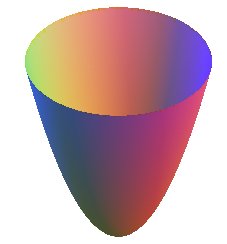
| next surface | previous surface | 2D curves | 3D curves | surfaces | fractals | polyhedra |
PARABOLOID OF REVOLUTION

The paraboloid of revolution is the surface obtained by
the revolution of a parabola around its axis.
| Cylindrical equation: Cartesian equation: Quadric. Cartesian parametrizations : |
| where coordinates lines are parallel circles and meridian
parabolas :
|
where coordinates lines are parabolas :
|
other parabolas :
|
ellipses :
|
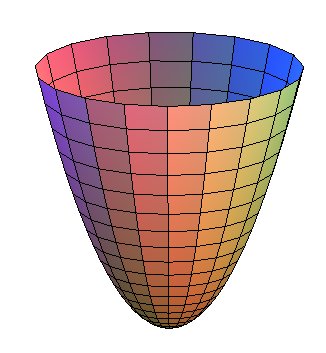 |
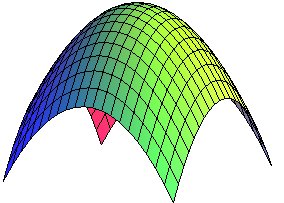 |
 |
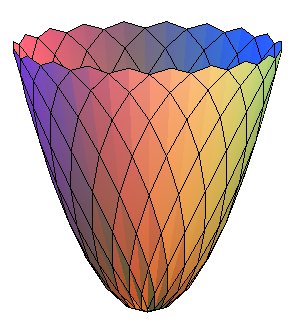 |
| First fundamental quadratic form: Surface element: Second fundamental quadratic form: 
Total curvature: All the points are elliptic and there is an umbilic: the vertex O. |
|
| Volume of the paraboloidic bowl with height h,
the radius of the circle at the summit being R ( Area of this bowl: |
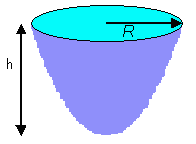 |
Remarkable curves traced on the paraboloid of revolution:
- the curvature lines are the parallels (circles)
and the meridians (parabolas),
- there are no asymptotic lines,
- the geodesics
are the curves solution of: ,
- the helices.
- the 3D
basins.
| A paraboloid of revolution can be physically obtained by rotating a liquid at constant speed around an axis. | 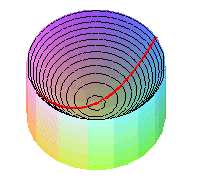 |
See, more generally, elliptic
paraboloids.
| The parabola can also be rotated around a line perpendicular
to its axis.
We obtain a surface that looks like a hyperboloid of revolution, but which is of degree 4. Cylindrical equation: Cartesian parameterization: Area for |
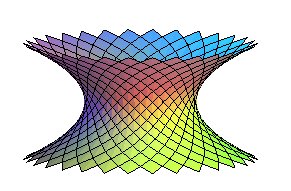 |
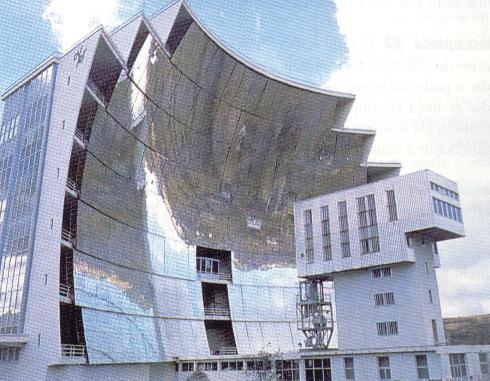
Solar oven of Odeillo in the Pyrenees. See the principle at parabola. |
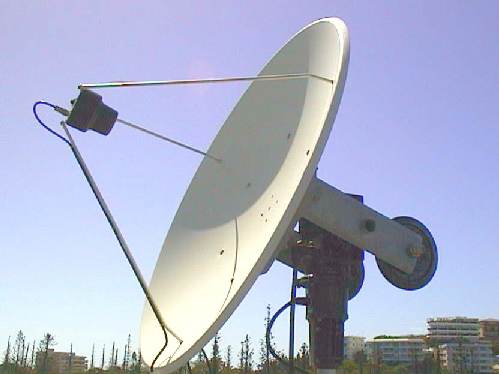
Parabolic antenna |
| next surface | previous surface | 2D curves | 3D curves | surfaces | fractals | polyhedra |
© Robert FERRÉOL, Jacques MANDONNET 2017